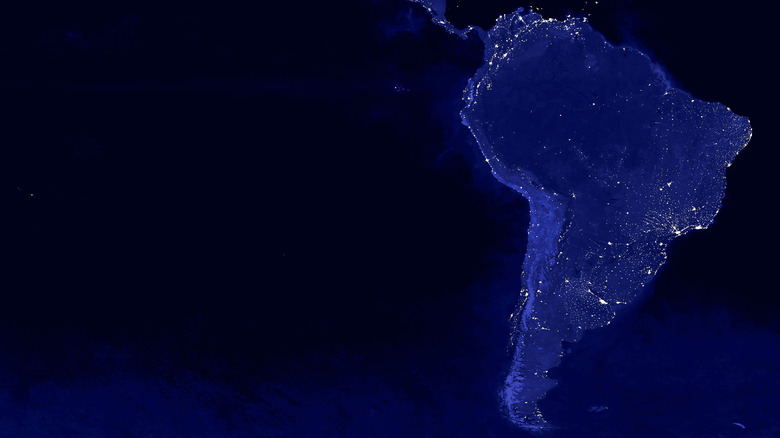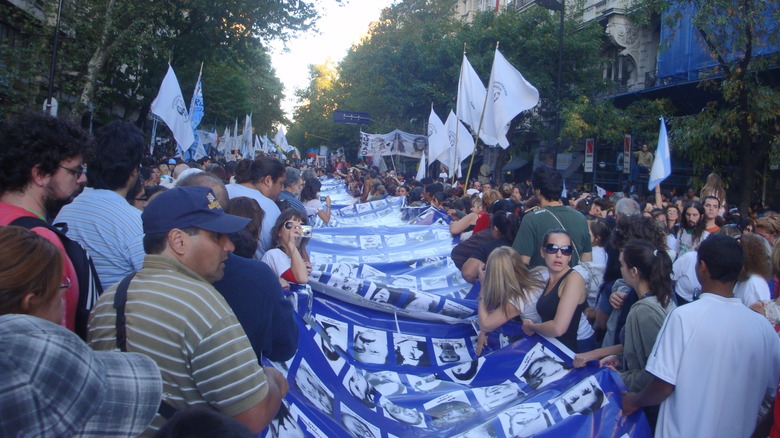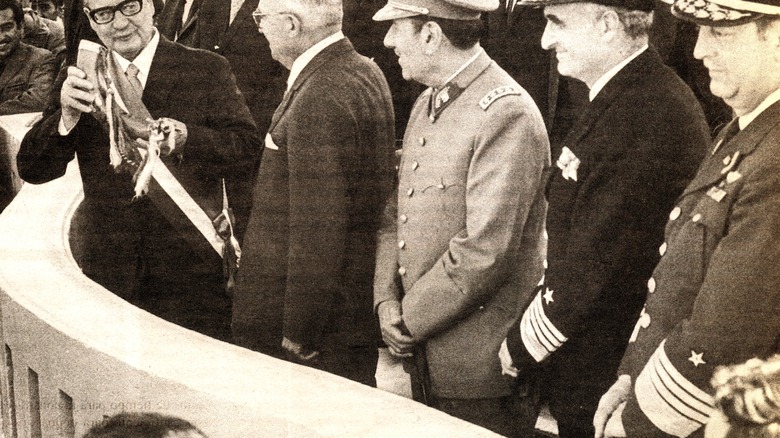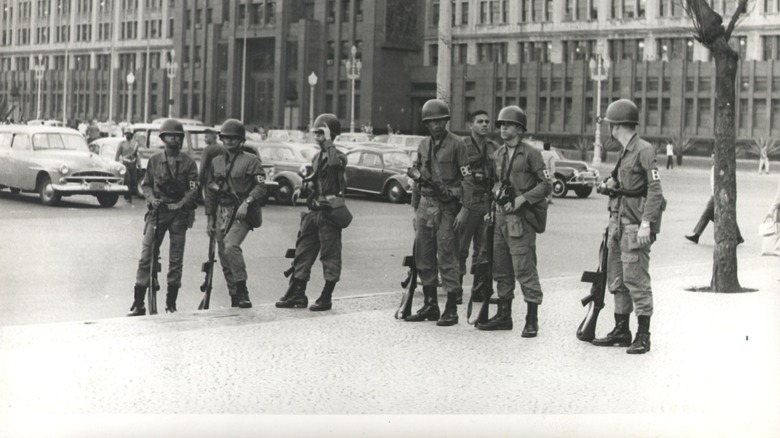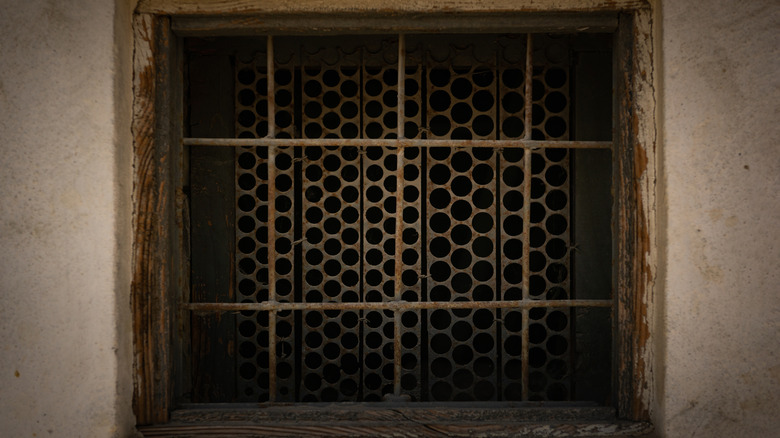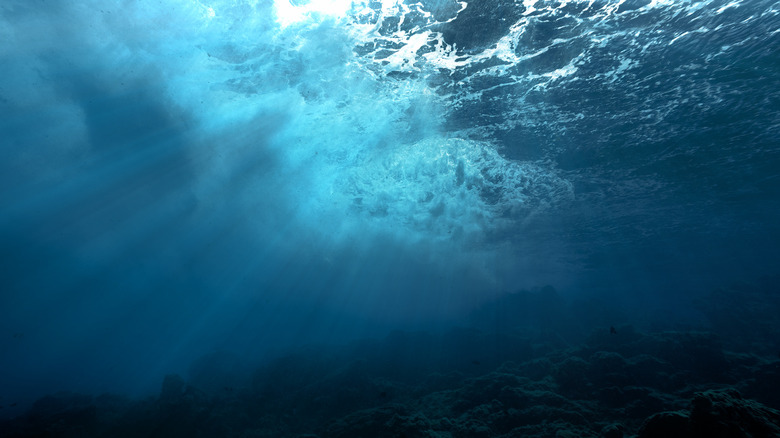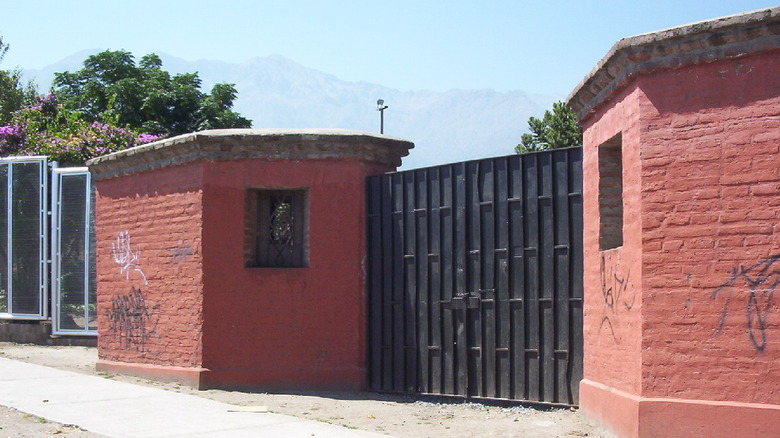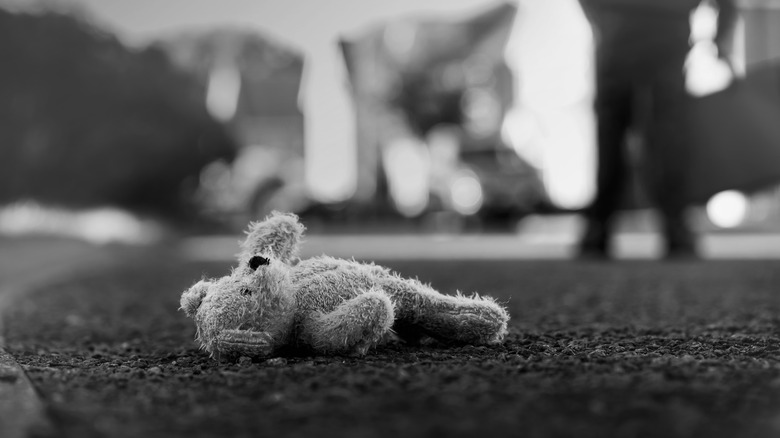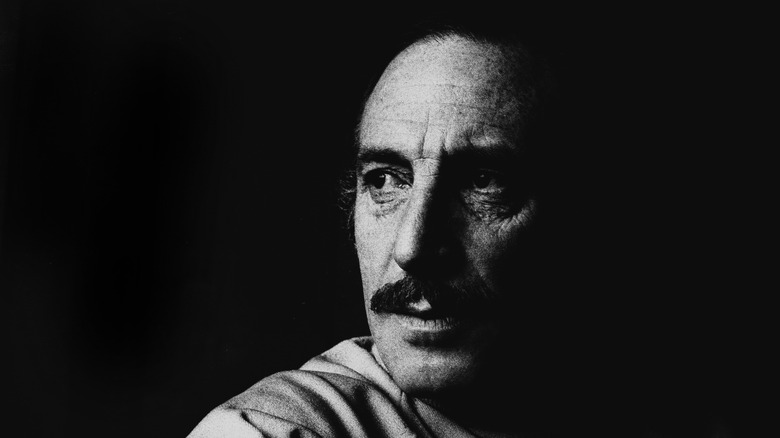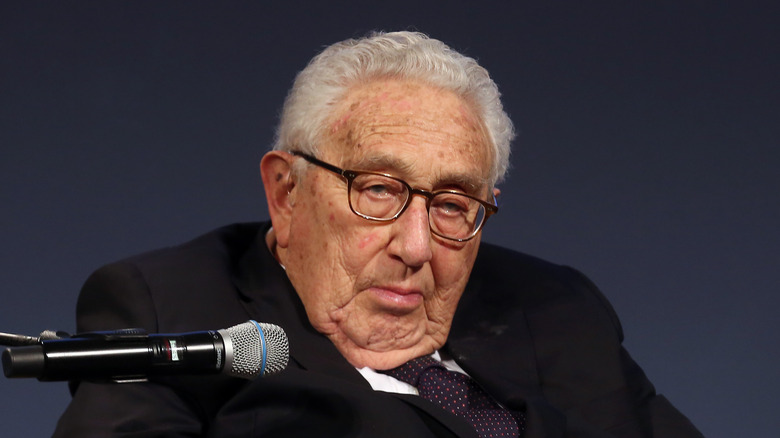Messed Up Details From U.S.-Backed Operation Condor: The Conspiracy To Disappear People
The United States was willing to do anything and everything to suppress communist and anti-authoritarian activities worldwide during the Cold War, including funding fascists and authoritarian regimes. In Europe, this was demonstrative in Operation Gladio, a stay-behind army. In South America, this was seen in Operation Condor.
For two decades, right-wing military dictatorships in South America propped up and funded by the United States combined their surveillance and suppression into a network of death squads. These military and paramilitary groups arrested, abducted, and abused thousands of people associated with political subversion in a transnational network. While some of these people were members of revolutionary groups actively fighting against military dictatorships, others were Indigenous people, members of unions, or radical democrats seen as a threat to the authoritarian status quo. While some managed to survive the horrific detention camps, others could not escape.
Tens of thousands of people disappeared and were murdered across eight different countries during the almost 20 years that Operation Condor operated. And while some trials have been held in countries like Chile and Italy, few who participated in Operation Condor have been held accountable. Meanwhile, the families of those who disappeared continue to grieve for their loved ones and push for accountability and justice. Here are some messed up details from the U.S.-backed Operation Condor.
The following article includes descriptions of mass torture and sexual assault.
What was Operation Condor?
For 20 years, several South American governments participated in a repressive campaign known as Operation Condor. Supported by the United States materially and financially, Operation Condor involved a network of intelligence collaboration between the military regimes of Argentina, Bolivia, Brazil, Chile, Ecuador, Paraguay, Peru, and Uruguay that targeted people considered to be left-wing and anti-authoritarian dissidents between 1969 and 1989. People were kidnapped, tortured, and either executed or imprisoned in detention camps. Operation Condor sought to create an incredibly hostile environment for members of anti-authoritarian organizations, especially when they were trying to seek exile or shelter in neighboring countries.
Similar to Operation Gladio, where the United States supported fascists and far-right extremists in Europe in order to suppress leftist organizing, Operation Condor involved suppressing leftist organizing in South America by supporting right-wing military dictatorships. These military dictatorships were also installed and supported by the United States in an attempt to suppress communist and leftist organizing.
The United States also additionally surveilled Operation Condor countries through encryption devices provided to Operation Condor countries that were made by a CIA-owned company. As a result, the United States was fully aware of the repressive activities of Operation Condor. In fact, they were the ones training Condor countries in torture.
U.S. training in torture
Both the CIA and the U.S. Office of Public Safety (OPS) provided material assistance and trained officers from Operation Condor countries on torture techniques. According to "The Globalization of U.S.-Latin American Relations," the School of the Americas was where "the foundations of [Operation] Condor were laid."
The OPS supplied equipment for surveillance and trained many officers in torture and interrogation complete with a torture manual. Hugo Campos Hermida was one of the hundreds of officers who participated in Operation Condor after receiving training from the United States. An Uruguayan policeman, Campos Hermida attended the International Police Academy in Washington, D.C. on a scholarship from the State Department in 1970. Afterward, Campos Hermida went on to become a member of the paramilitary groups, also known as death squads, in Uruguay. He also later joined the death squads that operated as part of Operation Condor in Argentina.
Numerous graduates of the School of the Americas were also trained in human rights abuses, like General Hugo Banzer, who took over Bolivia and led a military dictatorship for seven years with support from the United States. In addition to funding his coup, the United States also gave Banzar military assistance during the first year of his dictatorship, at least.
Surveillance of anti-authoritarian activists
As part of Operation Condor, not only were dissidents targeted for surveillance but this information was shared across a transnational network of intelligence. The surveillance collaboration was encouraged by the CIA in countries like Brazil, Chile, and Uruguay. The CIA was also involved in the initial training of the intelligence and security services for Operation Condor countries.
Some of the surveillance archives were found in Paraguay and were known as the Archive of Terror. Containing up to 700,000 documents compiled in Paraguay during Operation Condor, the archives included documentation of meetings, photographs, and movements of anyone who advocated for social reform. Telephoto lenses were used for long-range surveillance of gatherings and anyone from a teacher to a pastor could be subject to surveillance. The mass atrocities of Operation Condor were also documented. Overall, the Archives of Terror showed up to 100,000 people who were executed or disappeared, and hundreds of thousands more who were imprisoned.
The mass surveillance network was used to coordinate numerous assassinations, including the car bomb that killed Carlos Prats González and Sofía Cuthbert, who was living in Argentina in voluntary exile after General Augusto Pinochet's coup in Chile.
The disappeared
The estimates of exactly how many people disappeared due to Operation Condor varies, but all of the estimates are staggering. In Argentina alone, it's estimated that roughly 30,000 people disappeared between 1976 and 1983. In addition to targeting leftists and people associated with anti-authoritarian dissidents, the Argentinian dictatorship also targeted Jewish people for arrest and disappearance.
In Brazil, estimates are even higher, with 60,000 people thought to have disappeared, although the exact numbers are unknown. But what is known is that many Brazilian officers were trained in "enhanced interrogation techniques and psychological warfare operations" in London, according to Javier A. Galván's "Modern Brazil."
Disappearances were also used as a form of psychological torture against families, with officers calling "the family members so they could hear the prisoners screaming, crying, and begging for mercy," per "Latin American Dictators of the 20th Century" also by Galván. Many of the families whose loved ones disappeared during Alfredo Stroessner Matiauda's dictatorship in Paraguay still don't know what happened to their loved ones almost half a century later. Even the burial spots of people who disappeared are unknown, and, although the victims' families continue to push for transparency, governments have instead given at least partial immunity to those who participated in Operation Condor.
Torture and violence
After being arrested or having disappeared, people were interrogated by the officers associated with various military regimes. These interrogations involved horrific torture, and some of these techniques were taught to South American police forces by U.S. officials.
Under Alfredo Stroessner Matiauda's dictatorship in Paraguay, torture methods at the La Dirección Nacional de Asuntos Técnicos included piercing needles under the fingernails and being submerged into a bathtub of human waste.During Operation Condor in Brazil, the military dictatorship used sexual violence and rape against imprisoned people. People were subjected to electric shocks on their genitals and many were beaten to induce abortions. Some of the torture methods in Brazil were taught by French military officers who had used them against Algerian people during the Algerian War for Independence. But U.S. official Dan Mitrione was also teaching Brazilian and Uruguayan police torture methods as early as the 1960s.
If you or anyone you know has been a victim of sexual assault, help is available. Visit the Rape, Abuse & Incest National Network website or contact RAINN's National Helpline at 1-800-656-HOPE (4673).
If you have been impacted by incidents of mass violence, or are experiencing emotional distress related to incidents of mass violence, you can call or text Disaster Distress Helpline at 1-800-985-5990 for support.
Dumped into the ocean
Many people died during the torturous interrogations — some by accident, and others intentionally. But either way, something had to be done with the thousands of dead bodies. In some places, like Chile, the bodies were dumped into mass graves. The Atacama Desert is filled with the remains of thousands of people, ranging from student activists to indigenous elders.
Other countries, like Argentina and Uruguay, were dumping the bodies of thousands of dissidents into waterways like rivers and oceans. In "The Image of the River in Latin/o American Literature" the authors report that as early as 1977, some of these bodies were washing up on beaches. In Argentina, some people were dropped into the Atlantic Ocean by planes while they were still alive. The New York Times reports that Argentinian Navy commander Adolfo Francisco Scilingo admitted to participating in at least two "death flights," in which after being abducted and tortured, people would be sedated and then pushed out of a plane while it flew over the Atlantic Ocean — unconscious but alive.
Typically, human bodies that are dumped in water will eventually resurface because the gasses that build up in the body cause them to float. But the bodies of those murdered during Operation Condor were mutilated to ensure that they would never be found. According to "Living in the Crossfire" by Maria Alves and Philip Evanson, victims' intestines were typically removed before the bodies were dumped into the ocean to prevent them from floating.
Detention camps
As thousands of people were arrested and disappeared, the various right-wing dictatorships set up detention centers and prisons in which to hold and torture people. One detention center in Peñalolén, Chile, known as Villa Grimaldi, is one of the most notorious of the Dirección de Inteligencia Nacional (DINA) detention centers. Transforming a large estate into a torture facility, people imprisoned at Villa Grimaldi were held in incredibly small cells, barely able to turn in place. The villa's tower was frequently used for solitary confinement.
In Buenos Aires, Argentina, one of the detention centers was known as Automotores Orletti and was run by Argentinian, Chilean, and Uruguayan officers. The BBC reports at least 200 people were detained and tortured at what was originally an old car workshop. Survivors like Sara Mendez recalled how a radio was kept on at all times to drown out the sounds of torture.
Former Brazilian President Dilma Rousseff was imprisoned at the Tiradentes prison in São Paulo, Brazil from 1970 to 1972 due to her involvement with the Vanguarda Armada Revolucionária Palmares (VAR Palmares). In Brazil alone, at least 50,000 people were imprisoned in detention camps and prisons during Operation Condor.
Illegal adoptions
In the course of arresting and abducting people, hundreds of children were rendered parentless by Operation Condor and its participating governments. The BBC reports that when Sara Mendez was kidnapped by the Uruguayan and Argentine military, they took her 20-day-old child and claimed that "this war was not against children." But in reality, children were taken advantage of and thrown into the crossfire by the governments with little regard.
According to a paper in the Journal of Latin American Studies, there are at least 13 confirmed cases of illegal adoptions from Argentina, Bolivia, and Uruguay. But the real numbers are likely much higher. People with children who were imprisoned or disappeared often had their children abducted, and sometimes a child was abducted if the parents were merely suspected of having dissident ties. According to the Inter-American Commission on Human Rights, in countries like Argentina, children were subsequently given to soldiers or strangers, "with the intention that they remain hidden from their legitimate guardians." In Mendez's case, it would be almost 30 years before she and her child were reunited.
In Chile under the Pinochet regime, Mapuche families often had their children abducted. Sometimes social workers told them that they were too poor to keep their children. In other instances, mothers would be lied to and told that their child had died. These abductions operated on an international level, with children being sent to the United States, Sweden, Germany, and the Netherlands.
Phase III
Although Operation Condor operated mainly on the South American continent, there was a part of Operation Condor known as Phase III, which involved sending a team of assassins to outside countries to kill people considered subversive to the military regimes. The assassins tended to target more high-profile people, like political leaders.
The assassination of Orlando Letelier is considered to be part of Operation Condor's Phase III. A diplomat for former President Salvador Allende, Letelier was imprisoned and tortured after General Augusto Pinochet's 1973 coup before managing to flee to the United States. But on September 21, 1975, Letelier and his U.S. assistant Ronni Moffit were killed by a car bomb in Washington D.C.
This was essentially done with the cooperation of the United States. Not only did Henry Kissinger reportedly revoke an order that would have dissuaded Operation Condor countries from assassinations in outside countries, but Phase III of Operation Condor especially ramped up after Kissinger visited Pinochet and Guzzetti in Santiago, Chile in June 1976 and offered his approval.Although Operation Condor is said to have ended in the late 1980s, there's evidence to suggest that Phase III continued to operate into the 1990s, with the assassination of ex-DINA agent Eugenio Berríos in 1992, among other deaths.
Kissinger's cold shoulder
Despite the fact that the United States is culpable in the atrocities perpetrated by Operation Condor, there has been no willingness by U.S. officials to take responsibility for their actions. In countries like Argentina, a federal criminal court convicted 15 people involved in crimes like torture and illegal detention during Operation Condor. But U.S. officials have been noticeably absent at such trials. Al Jazeera reports that Henry Kissinger has rejected calls to testify on numerous occasions.
In May 2001, Kissinger was in Paris when he was summoned to appear at the Palais de Justice in regard to the disappearance of several Chilean people during Operation Condor. He left France almost immediately. The Age reports that the very same year, Kissinger was also asked to testify in trials in both Argentina and Chile regarding Operation Condor, but he gave no response and never testified. The following year, Spanish Judge Baltasar Garzon reportedly even asked Interpol to detain Kissinger for questioning.
According to "The Pinochet Effect" by Naomi Roht-Arriaza, Kissinger "was not interested" and British authorities claimed that they couldn't compel him to appear for questioning. Kissinger referred all of Judge Garzon's questions to the U.S. State Department and the State Department claimed that Kissinger couldn't answer questions "because he had immunity." As of February 2023, Kissinger has yet to testify or be held accountable in regard to his actions during Operation Condor.
